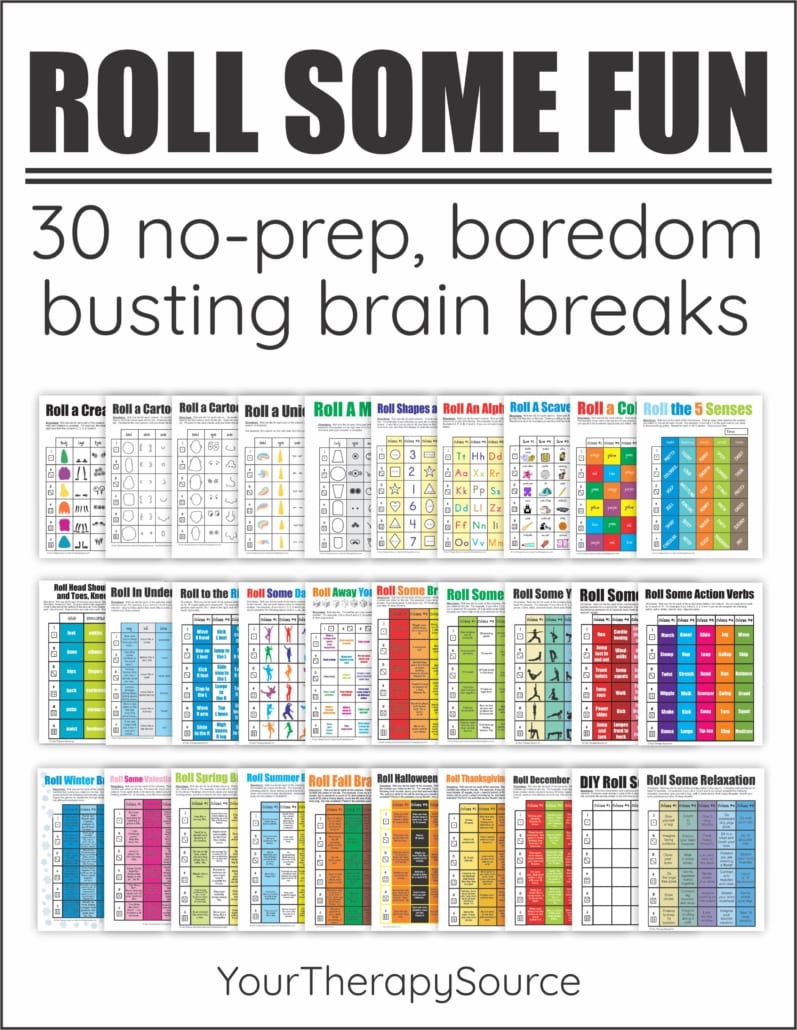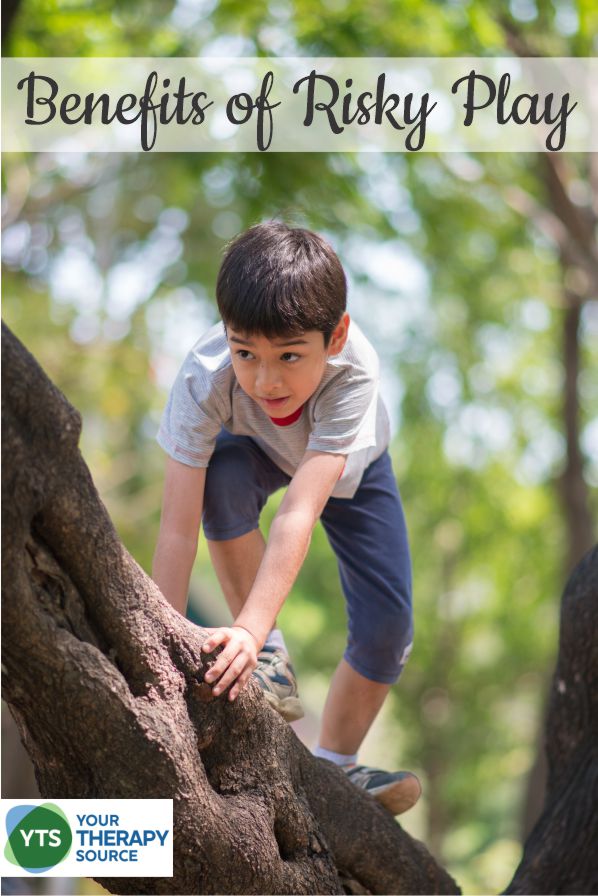Benefits of Risky Play
Do you allow children to explore enough? There are many benefits to risky play for children.
Risk taking is so important throughout childhood.
This type of play allows children to recognize and evaluate a challenge and decide on a plan of action.

What is Risky Play?
Risky play has been defined as thrilling and exciting play that sometimes may include the possibility of real injury. Based on Ellen Beate Hansen Sandseter’s research, six types of risky play have been identified:
- play at height i.e. danger of falling
- play with speed i.e. danger of running into something or someone
- play near near dangerous elements (i.e. water, fire)
- play with dangerous tools (i.e. knives)
- rough and tumble play
- play where there is the potential for disappearing or getting lost.

Benefits of Risky Play
Taking a risk and achieving a goal provides a child with a strong sense of accomplishment. Remember back to when you were young when you climbed a tall tree, scaled a fence or rode your bicycle down a steep hill. It feels exhilarating that you did it by yourself.
Research indicates that risky play helped children with the following skills:
- risk management strategies
- motor skills
- social skills
- independence
- conflict resolution
- self-esteem
- decision making
Reference: Brussoni, M., Gibbons, R., Gray, C., Ishikawa, T., Sandseter, E. B. H., Bienenstock, A., … & Tremblay, M. S. (2015). What is the relationship between risky outdoor play and health in children? A systematic review. International journal of environmental research and public health, 12(6), 6423-6454.

Superhero Action Verbs
Suggestions to Support Risk Taking in Children
There are many benefits of risky play in children. Parents and educators can help support this type of play. Here are five suggestions for the next time children are trying new skills that might be risky:
- Observe the situation closely. See if they can do the task safely without you interfering.
- If you need to interfere to ensure safety can you offer verbal suggestions instead of physical prompts?
- It is the same theory when children are learning any new skill assist as little as possible. Even in situations where it may be easier for you to help in terms of speeding up the task or peace of mind.
- Will the child succeed better if someone else is the teacher? If you are particularly nervous watching a child perform a certain skill, perhaps ask someone else to work on the goal ie parent, aunt, uncle, etc.
- Stop and make sure that you are not saying “no” due to your own fears. When children walk along in the school or the community, are you especially fearful that they may not make it safely to their destination? Perhaps start off small and follow quite a bit distance behind until you are comfortable that the child arrived to the destination. In a school setting, send the child back to class alone but maybe call the classroom to let the teacher know the child is on his/her way. This gives the child a sense of independence.
Can a Playground Be Too Safe?
Years ago, the NY Times published an article entitled Can a Playground Be Too Safe? The article discusses that whether removing monkey bars and jungle gyms have actually reduced injuries over the years or not. In addition, it states the importance of children learning to take risks and overcoming their fears at a young age. With only “safe” playground equipment replacing older equipment how are we affecting children’s development? Definitely worth the read.
Most children love to climb whether it be a tree or a jungle gym. If you are only climbing 4 feet off the ground into an enclosed area do you really feel like you accomplished the great climb? We wonder why children in the tween age group reduce their daily physical activity time. Perhaps it is because playgrounds are not so challenging anymore. Or maybe parents interfere when the play may become a bit risky.
Example of Encouraging Risk
As discussed above, there are many benefits of risky play for children. If you are lucky enough to find a playground with a nice jungle gym let your child climb it. See if they can make it all the way to the top. Instead of saying no for a fear of falling, observe your child on the lower bars. Does it appear that they are being safe? Let them go a little higher. Be close by but not too close by if possible. If you do need to provide assistance, start with a verbal prompt i.e. “try putting your hand on this bar”. If a verbal prompt is not sufficient offer a physical prompt i.e. placing the child’s foot on the right bar. Maybe your child needs a verbal and a physical prompt with close supervision. Whatever it may be let them try it.
These tips hold true for when a child is practicing and learning any new skill. Obviously, it is best for the child to complete the skill independently. An adult should provide the least amount of assistance possible. Therefore the goals to complete a skill are as follows:
- Independent with skill
- Verbal prompts necessary to complete the skill independently
- Physical prompts necessary to complete the skill independently
- Physical assistance necessary to complete skill independently.
The next time your students or children begin to engage in safe risky play, take a moment to weight the benefits versus the true risks.

Roll Some Fun Brain Breaks UPDATED



